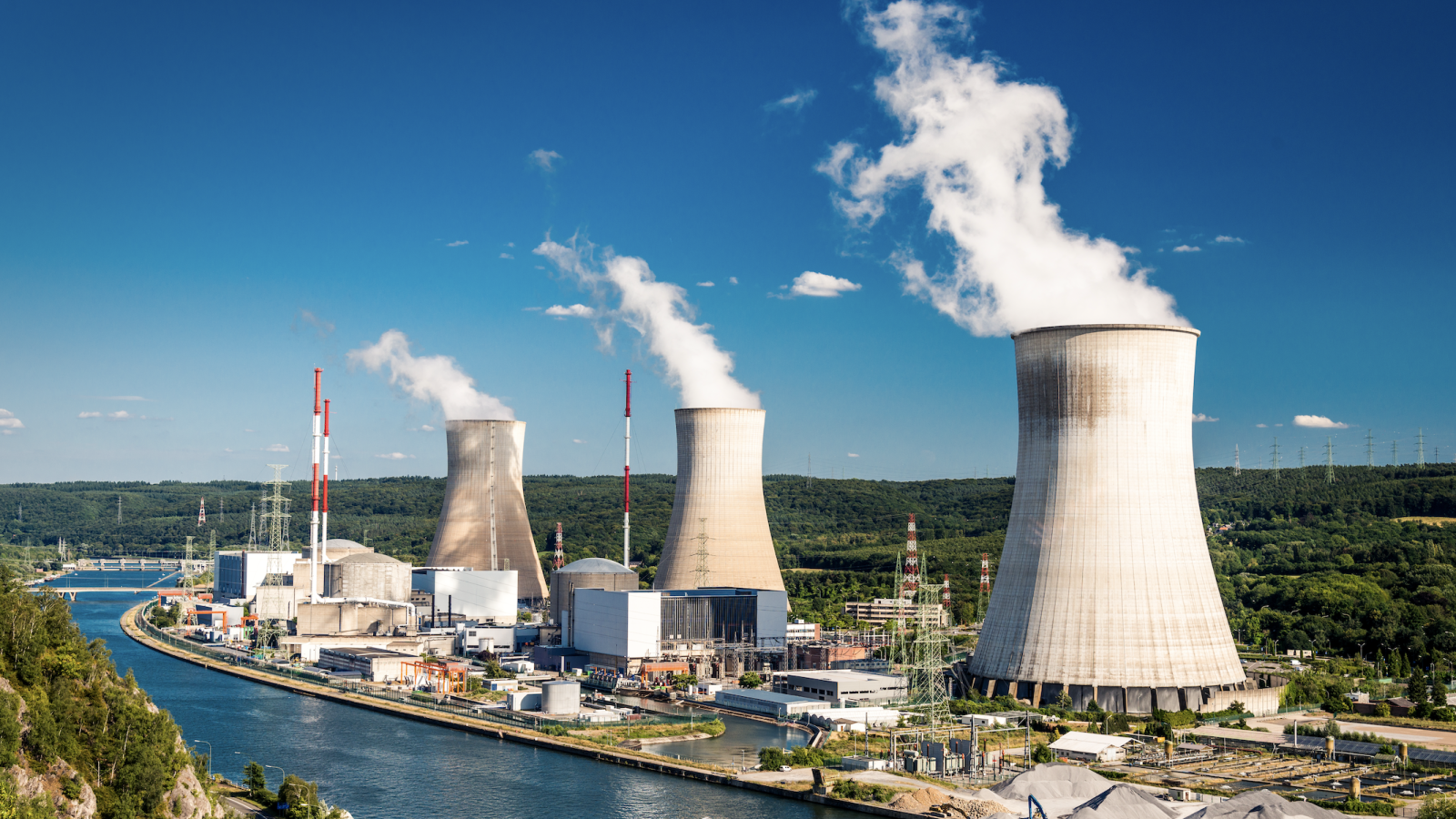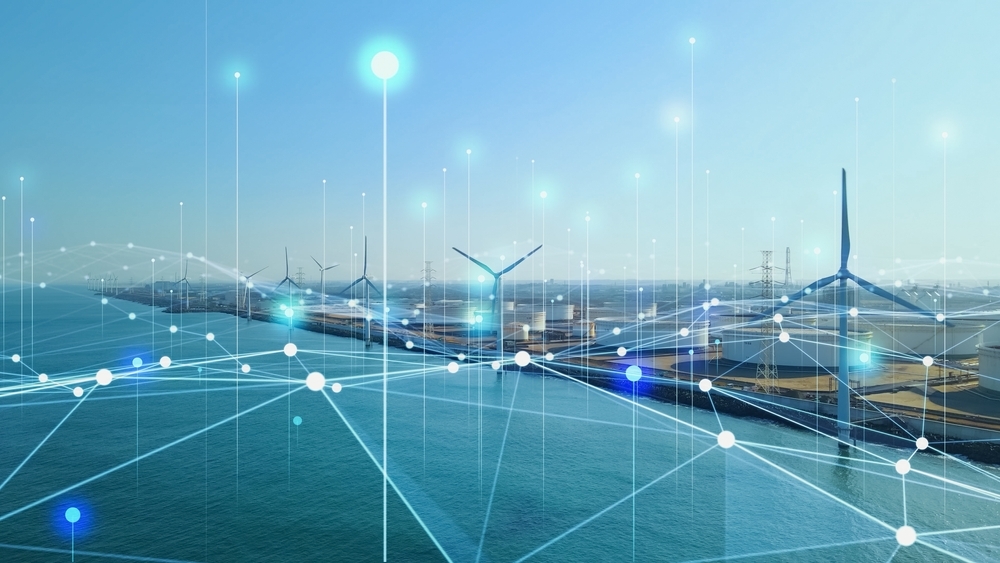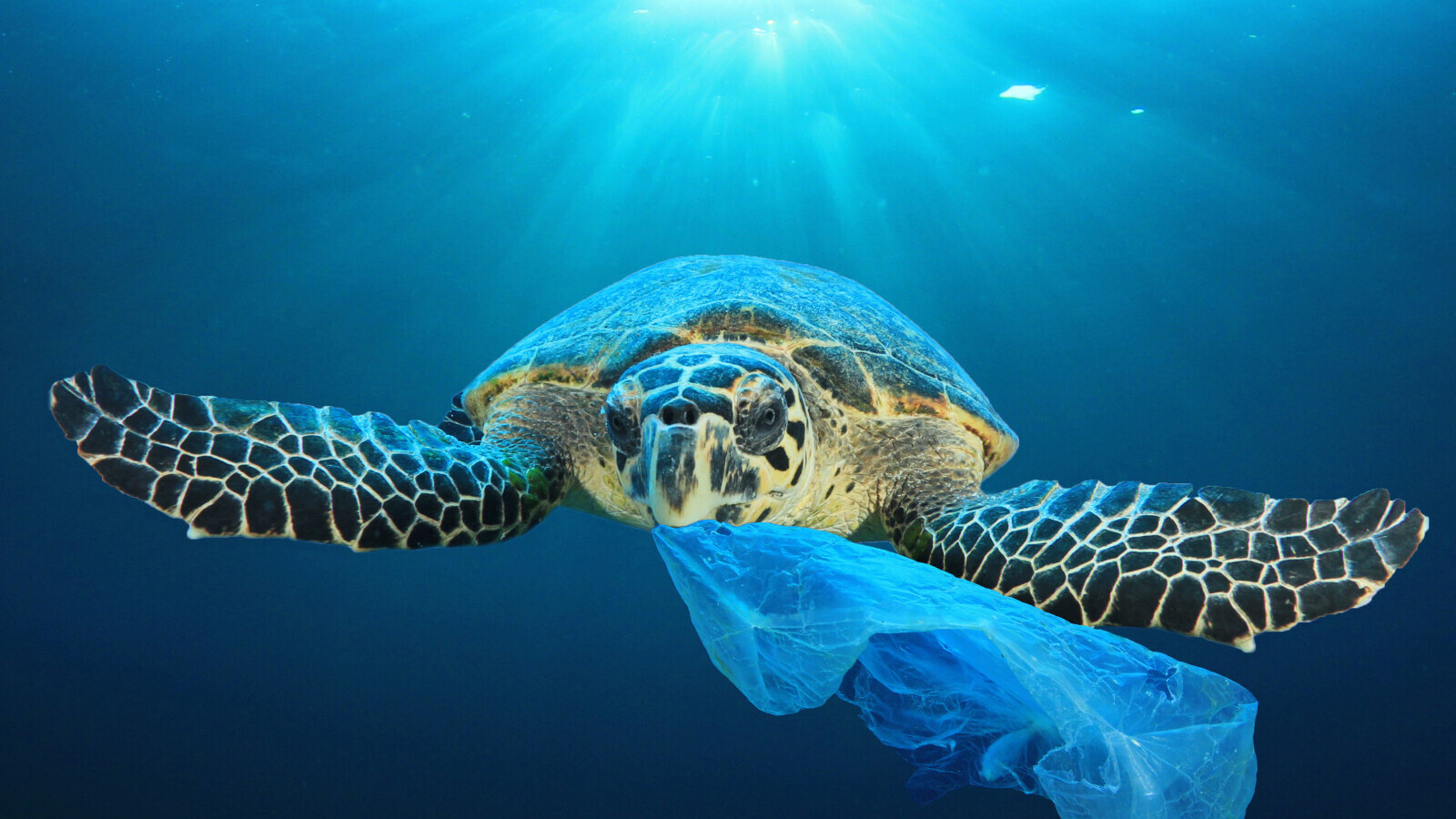
EU reclassifies nuclear as ‘green’ investment
The EU’s upcoming Net Zero Industry Act has been revised to include nuclear power as a net zero technology, following ongoing debate between representatives of France favouring the move and German officials opposing. Lawmakers in the European Parliament struck a deal on the inclusion of nuclear energy last week.
The inclusion of nuclear on a single list represents a potential boon for investors in the space, increasing its eligibility for EU funding and more favourable regulation of the activity overall.
The list now includes technologies such as nuclear fission, fusion energy technologies and nuclear fuel cycle technologies which are now listed as net zero. Also included are emerging technologies such as carbon capture and storage.
Previously, the legislation had created separate lists of “net zero” and “strategic” technologies, with nuclear power relegated to the latter. This position appears to have been reversed and one list with all such technologies included created instead.
According to the International Energy Agency, nuclear power represents 68% of the energy mix in France, while making up just 6% of the mix in Germany. Debate over the energy source tends to fall between those advocating it as a dependable source of energy that does not create carbon emissions, and those arguing that the issues such as cost, time to construct, nuclear waste and risk of catastrophe as seen at Fukushima and Chernobyl do not make it a viable net zero alternative.
The IEA predicts that nuclear technology could attract more than $107bn in investment by the end of the decade, mainly from investors outside the G7.
Being on the legislation’s net zero technologies list means nuclear power will be included in fast-track permitting procedures for industrial projects that will need to be delivered within 18 months, or even 9 to 12 months for those considered to be of “overriding public interest.”
Activist groups such as Greenpeace are firmly opposed to the inclusion of nuclear power within the EU taxonomy on sustainable activities, and along with natural gas being in the same category have taken legal action against the bloc on the issue.
A formal vote on the bill is scheduled to take place by the end of the year. Further committee debates are likely to take place leading up to this, with areas such as the status of nuclear still proving to be a contentious issue.
The EU’s potential move to nuclear as a sustainable activity matches that of the UK, which will include the activity within its own provisional green taxonomy on sustainable activities.




